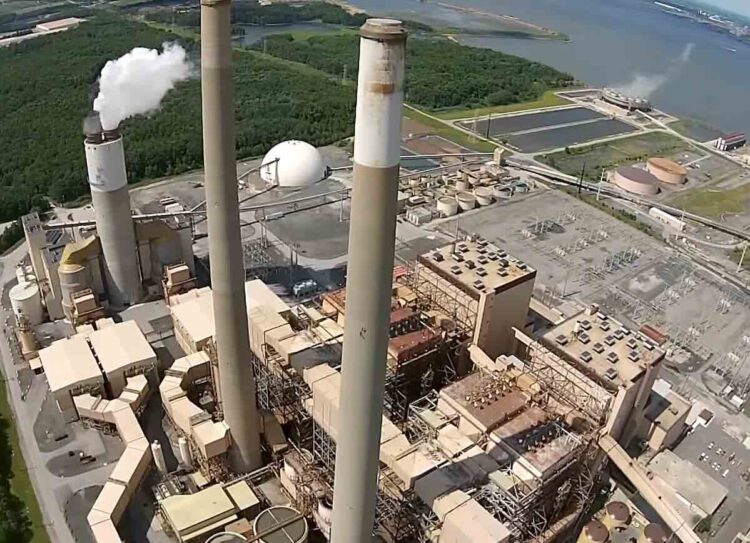Here are the requirements in the memorandum, dated Sept. 13, 2019:
- Return to Council by October 2019 with an ordinance prohibiting natural gas
infrastructure in new detached accessory dwelling units, single-family, and low-rise
multi-family buildings starting January 1, 2020.
a. Remove the exemption for detached accessory dwelling units from the reach
code.
b. Return to Council by January 2020 with an analysis as to whether or not we
should require electrification for all wood-frame construction up to 7 stories. - Adjust the energy efficiency compliance margins to the higher requirements outlined in
Staffs original draft reach code circulated publicly in July 2019, and supported by the
California Energy Commission’s cost-effectiveness study. This should also include the
electrification readiness requirement outlined in the staff recommendation. - Direct staff to track data associated with the compliance of the reach code and report
back to Council by February 2021, and annually thereafter. The data should include, but
is not limited to:
a. The number of projects choosing the all-electric or mixed-fuel compliance
pathways per building type, and
b. The number of buildings exceeding the reach code minimum requirements, per
pathway, and per building type, and
c. The estimated greenhouse gas emissions avoided by builders of the all-electric
buildings, and
d. The estimated greenhouse gas emissions avoided by builders of the mixed-fuel
buildings.



